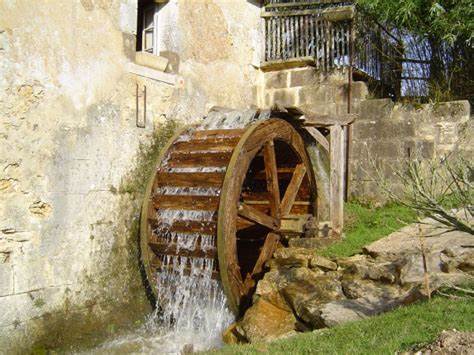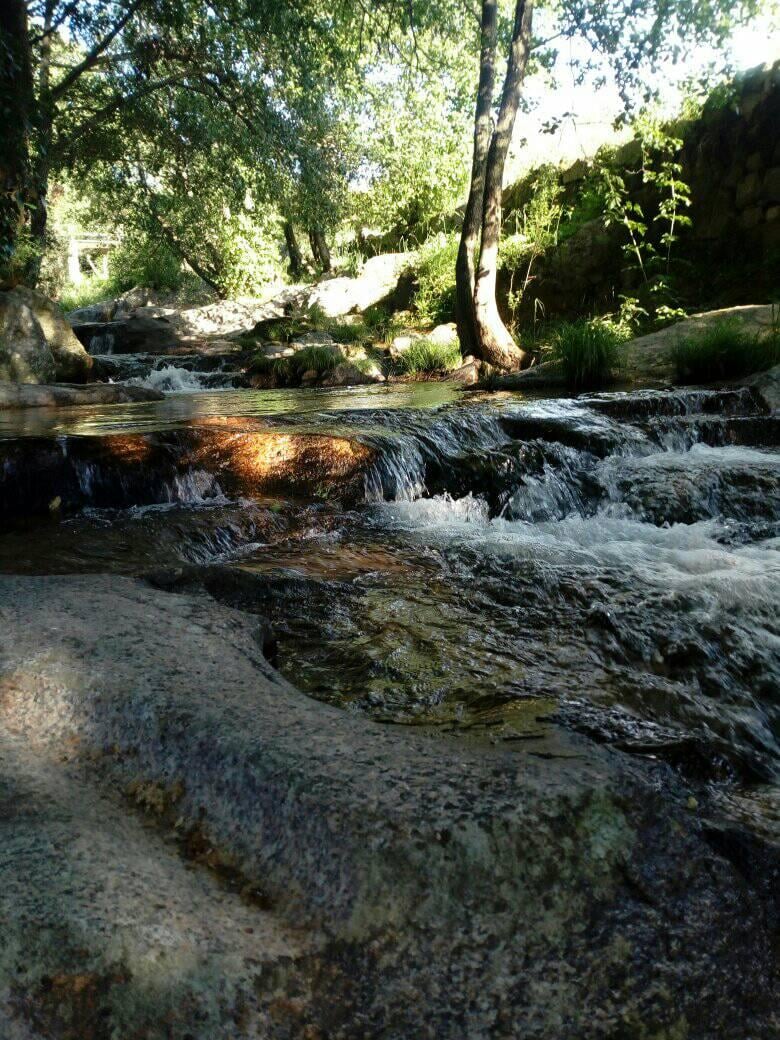The land where dreams come true for everyone
Louriçal do Campo levada route P&DP Tours
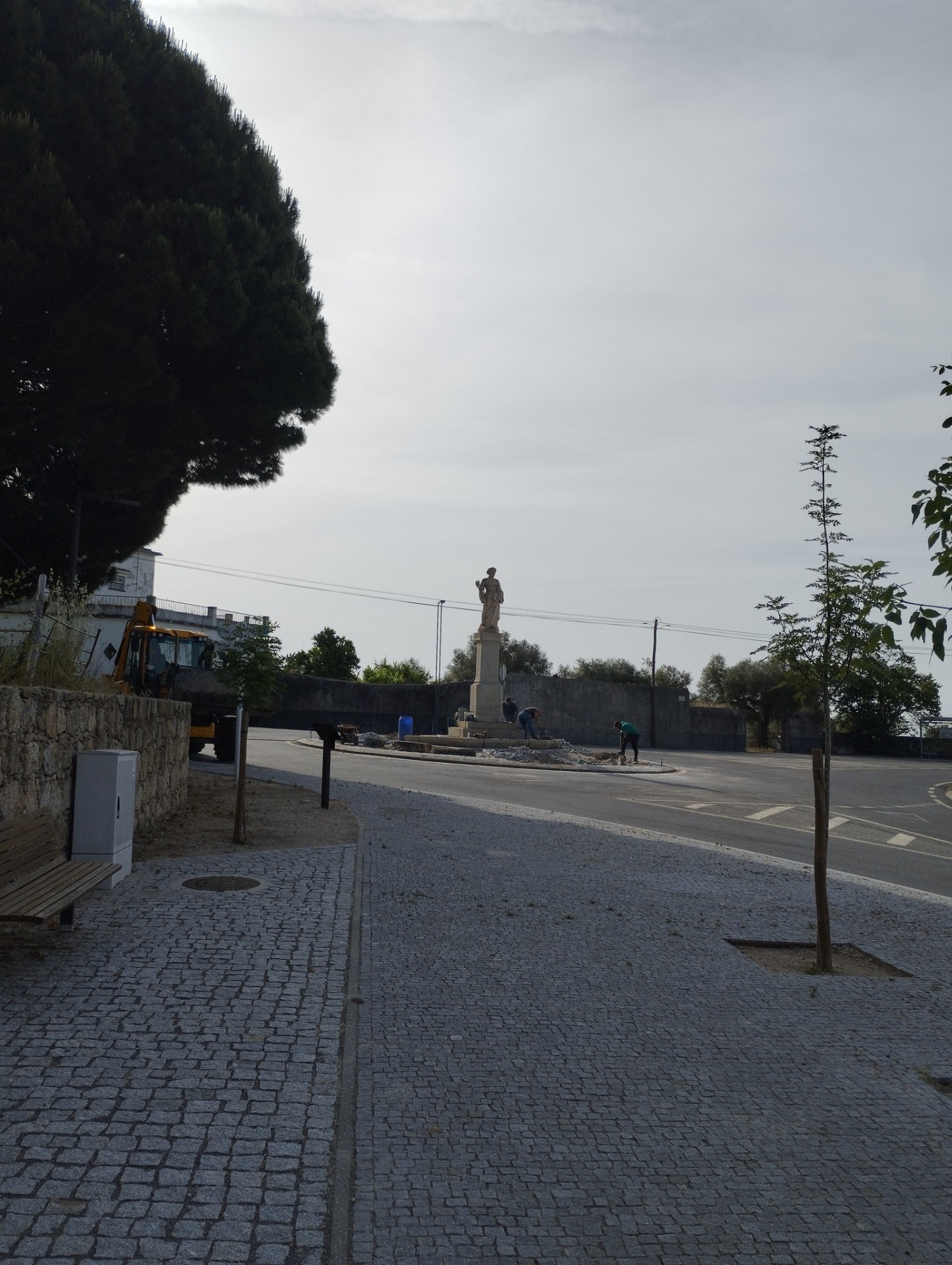
Now the levada route is ready to be visited, with the statue of St. Faithful.
St. Faithful of Sigmaringa (1577-1622) was a German Capuchin priest, known for his missionary fervor and uncompromising defense of the Catholic faith at a time of great religious tension in Europe.
It was here in 2019 that the Levada Route began to be thought up and created.
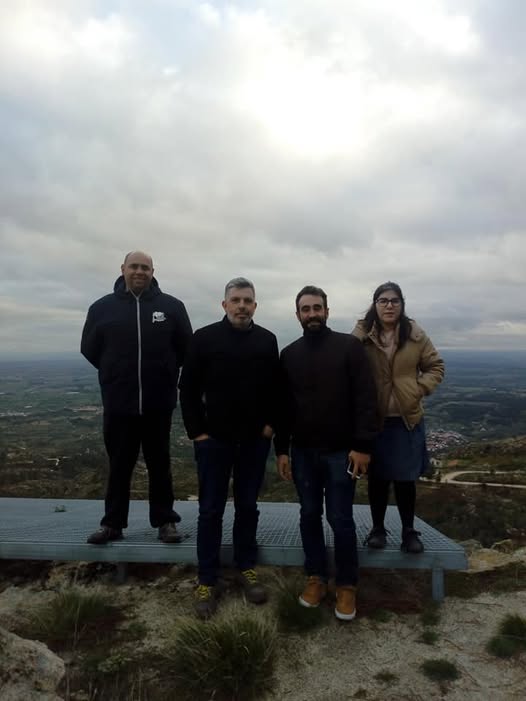
The ways of including local communities in responsible tourism business are very varied, but in any case they take the form of training for entrepreneurs and public institutions, stable business networks in order to favor equal access to tourism business and jobs.
Involving people with disabilities in a consultative or participatory way demonstrates commitment and appreciation of the disabled visitor/customer. Consulting people with disabilities demonstrates a real commitment to universal accessibility of spaces and services. It also adds value in terms of knowledge about specific accessibility issues that is difficult to obtain otherwise. Involving these people in destination accessibility audits can provide a user perspective on existing conditions. Local organizations of people with disabilities can bring more specific knowledge that can be used to enrich information for tourists about access to places and services. By involving people with disabilities from the outset and taking their opinions into account, services and destinations can be made more accessible.
To make this route a reality, we counted on the precious contribution of the Castelo Branco Children's Support Association.
PANTHOS tourist animation
Accessible Portugal
IEFP (National Public Employment Service)
Turismo de Portugal
Castelo Branco City Council
Louriçal do Campo Parish Council
SGM Consultores
People of Louriçal do Campo

Louriçal do Campo destination DMC
A DMC gathers and expands information related to a destination, which is used to develop its clients' programs.
Its job is to design, strategize, produce, plan, advise and implement client programs.
A DMC in a nutshell is a one-stop store for organizers of conventions, congresses, exhibitions and incentive trips.
Taking into account the concepts mentioned above, a DMC's involvement in the value chain translates into:
* An important element in the distribution and marketing processes.
* Creating value as a bridge and coordinator between the client and tourism providers.
* Facilitating the integration of services.
* Guaranteeing customer safety, reliability and trust.
* Stimulating the quality of products and services.
DMC objectives
* Selling destinations
* Support local travel agencies
* Be the main link between the traveler and the destination
* To offer advice to visitors
* Support to offer and develop services to tourism companies
* Generating added value for tourists
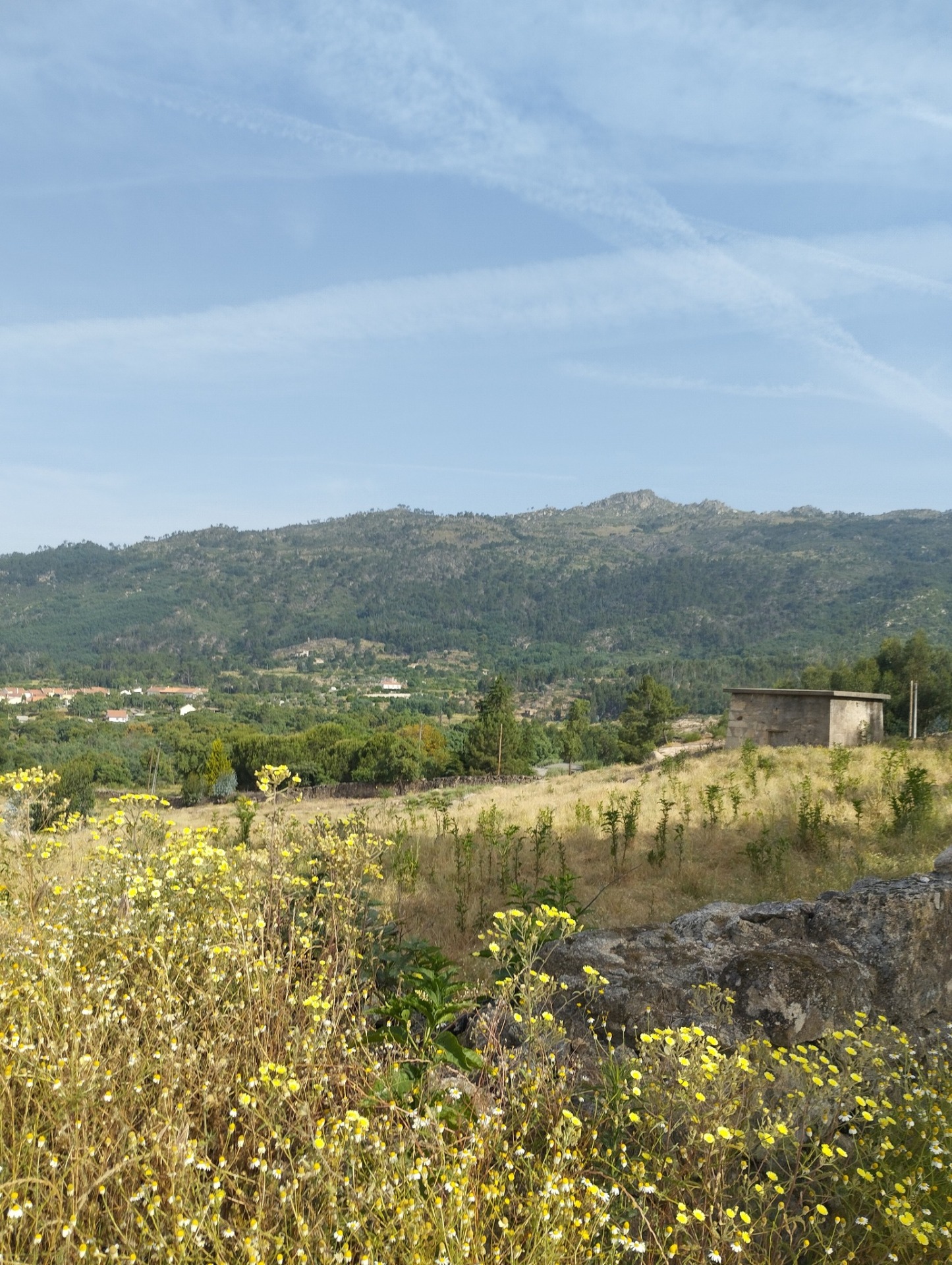
Everything has been conceived and designed to respond to the most common problem in these initiatives, which is access to promotion and marketing under competitive and successful conditions in the most demanding markets.
Auditing the destination was one of the first steps in getting to know the situation before planning any improvements and/or developing new tourism products and services. The audit provided essential information for the project's KPIs and to guide the development of the work. The audit is an evaluation procedure that aims to obtain factual information and answers to key questions needed to advise, inform and plan the next steps. Although the main focus is on carrying out an "accessibility audit" of a particular location, it is also necessary to identify and evaluate tourism services from the "visitor perspective", i.e. to analyze how customers interact with services and, if possible, incorporate their feedback as a complement to the evaluation. The destination audit can involve tourism business partners, public bodies and disabled people's organizations in order to build a holistic view of spaces, attractions, cultural experiences and transport, accommodation and other tourist offers and services. It may also require an analysis of marketing and the provision of accessible information, as well as the accessibility of the DMO's website and other information products Our planning for accessible and responsible tourism also needs to take into account all the elements of a destination's strategic planning, in correlation with the factors of:
Sustainability
Accessibility and connectivity
Load capacity
Tourism reception capacity
Collaborative stores
Restaurants
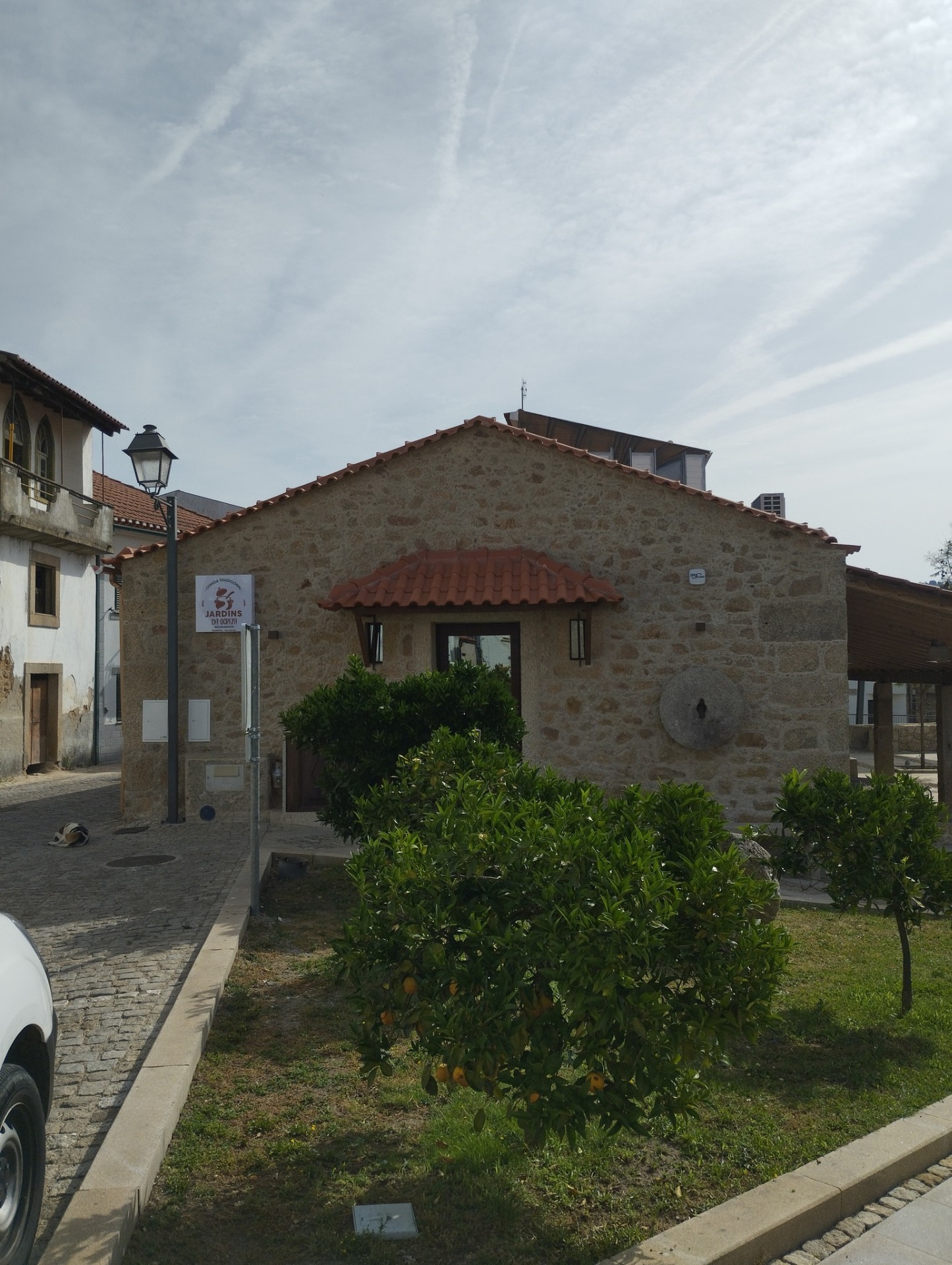
For an experience to be truly accessible, all elements of the service provider chain in tourism must be accessible. Qualification needs and training provision should be differentiated between levels of competence (basic or in-depth) and positions (managers with or without customer contact, front-line staff or others including technical specialists). Training programs and content should include:
Knowledge of disabilities / types of disability and the need for accessibility;
Barriers to accessibility and Design for All;
Strategic development of corporate accessibility;
Principles of customer service;
Appropriate conduct in dealing with people with disabilities;
Recognizing and responding appropriately to people who use personal support, service animals and assistive technologies. In general, companies should be more aware of and understand accessibility better, which will lead to more active demand for appropriate training of management and operational staff.
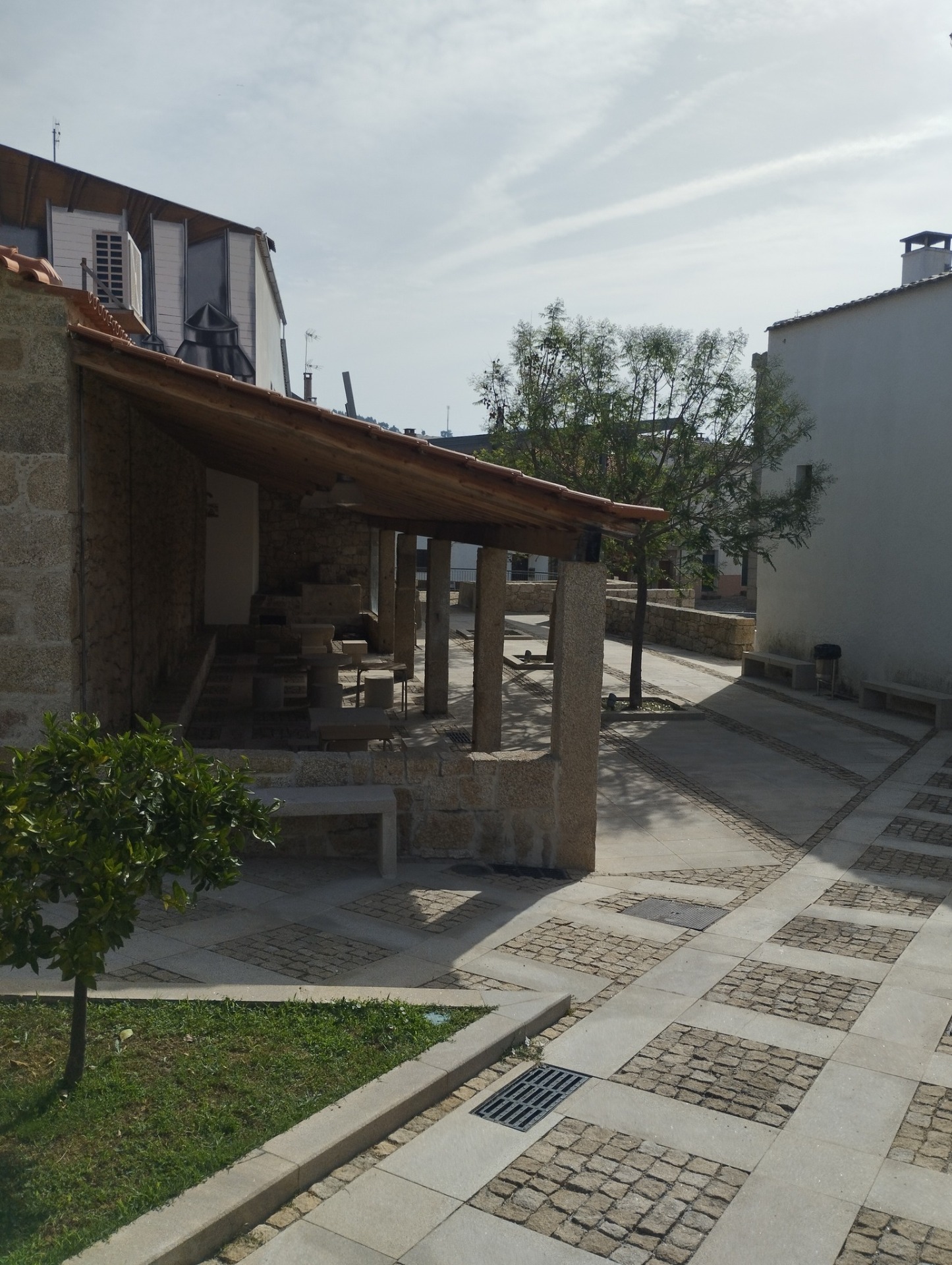
A short walk to see the levadas and waterfalls of the Ocreza. It's an unmarked circular trail, starting at the Colégio de São Fiel and ending in the village of Torre near Louriçal do Campo.
It's a walk that coincides at many points with the PR1 CTB Rota da Gardunha and could easily be called the Fig Route or the Cherry Route, depending on the time of year. The first part of the walk is always up the Ocreza River gorge, witnessing the life that exists around the river, successive mills and levadas created in the past and now abandoned. There are parts of the path where you walk on top of the levada, helped by chains when the curves of the levada are too steep. We pass some wooden bridges to cross the river. A little before the end and arriving back at Torre, there are hidden natural pools with crystal-clear waters separated by beautiful waterfalls and 18 hidden watermills where you can bathe.
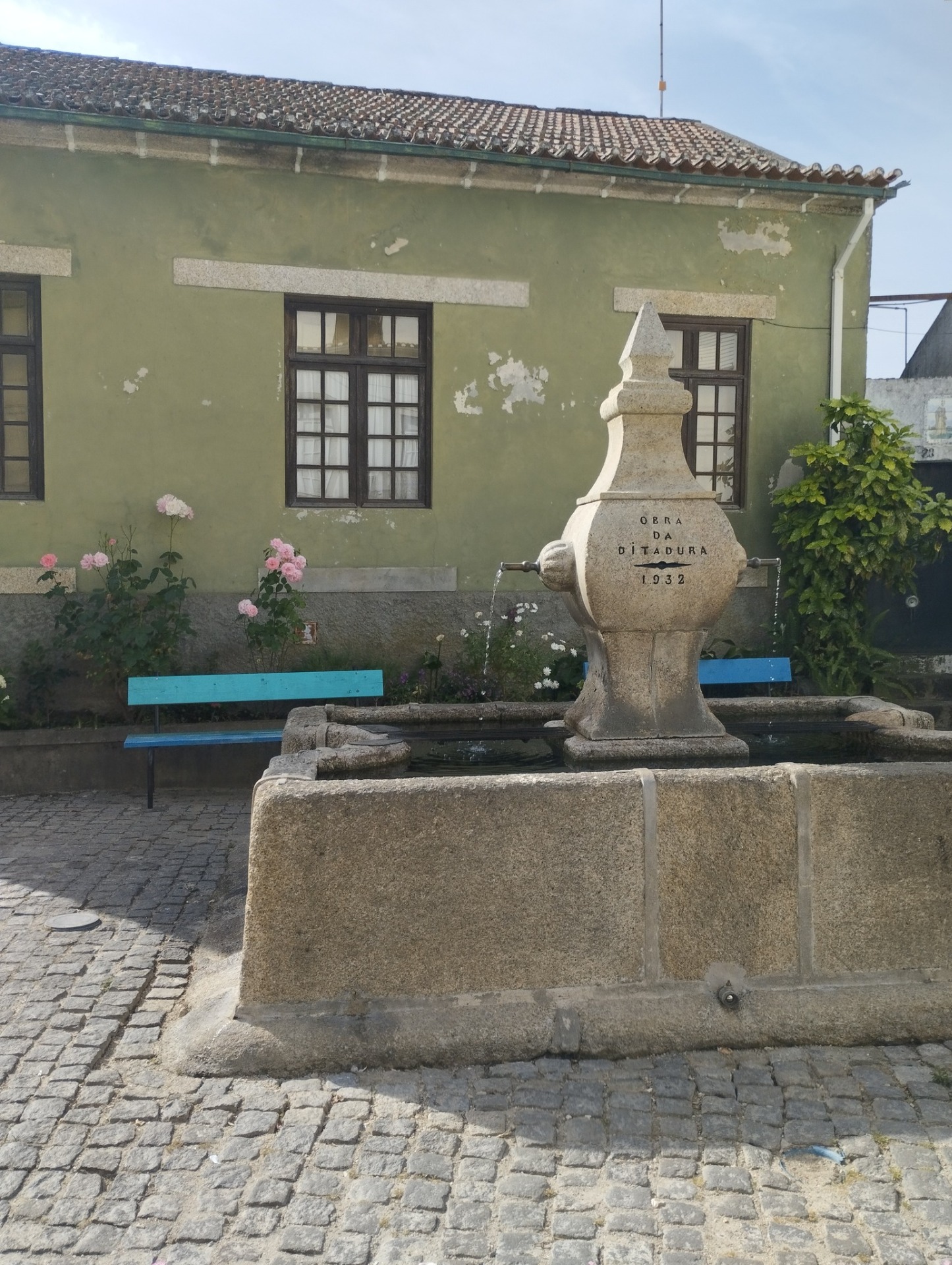
The Serra da Gardunha has a high level of biological diversity, bringing together characteristic elements from the north, center and south of the country that give this mountainous massif in Beira Interior its unique characteristics.
In Gardunha (an Arabic word meaning "refuge"), granite and schist are present, and water is another constant.
The landscape and biological diversity that this mountain range preserves is closely linked to the geomorphology and lithology, which have conditioned the occurrence of species (endemisms) and the use of the land by man, establishing a perfect harmony.
The mountain's landscape reveals a strong component of human intervention in terms of agricultural areas, especially cherry groves and coniferous forest areas. However, there are still areas occupied by natural and semi-natural formations with a significant and valuable biological diversity.
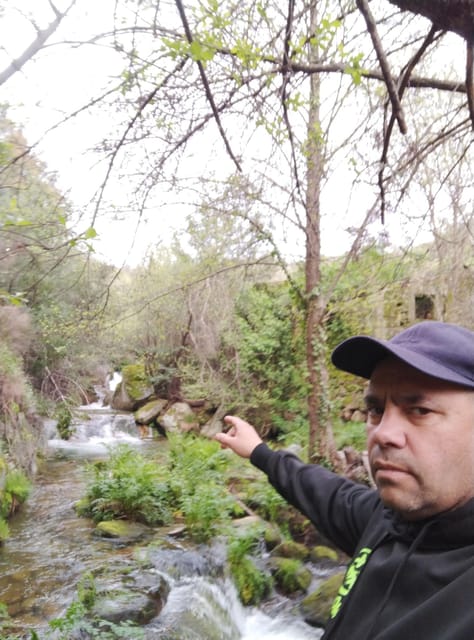
Accessibility
Wheelchair accessible
Stroller accessible
Assistance animals allowed
Close to public transport
Wheelchair accessible facilities
